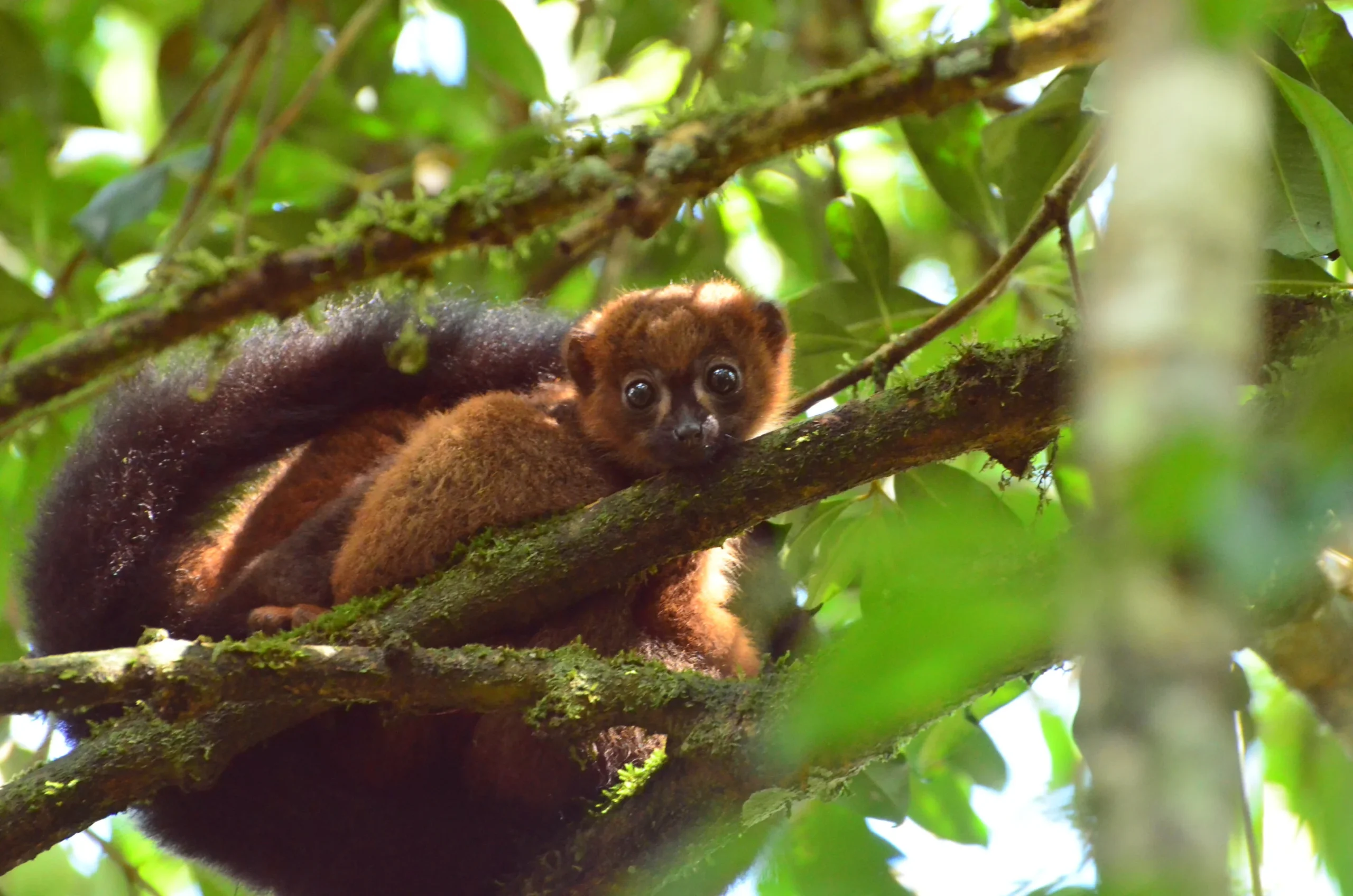New research from Imperial College London, On the Edge, and ZSL reveals that focusing conservation efforts on just 0.7% of the world’s land could protect one-third of the globe’s most threatened and unique tetrapod species. Published in Nature Communications, the study highlights how targeting regions rich in evolutionary distinctiveness and high levels of global endangerment can lead to significant conservation gains.
The research spotlights endangered species such as the aye-aye lemur from Madagascar, the secretary bird with its long legs and eagle-like appearance, the purple frog with its pig-like nose, and the gharial crocodile from the Indian subcontinent, which is critically endangered.
Currently, only 20% of these crucial areas are under some form of protection, while the rest face increasing human pressure. Sebastian Pipins, a PhD candidate at Imperial College London, emphasized, “Our study identifies the world’s most urgent conservation areas. It shows that by protecting a small portion of Earth’s land, we can achieve significant benefits for biodiversity.”
The research focused on areas with a high concentration of Evolutionarily Distinct (ED) and Globally Endangered (GE) species, referred to as EDGE species. EDGE Zones are areas with a high density of species that are both evolutionarily unique and at severe risk of extinction.
Pipins added, “It’s vital to consider both species diversity and evolutionary history in conservation efforts to prevent the loss of unique evolutionary branches.”
The study mapped nearly 3,000 EDGE species and identified 25 EDGE Zones where conservation would be most effective. Key regions include parts of Southeast Asia, the Indo-Gangetic plain, the Amazon basin, the Atlantic Forest, Hispaniola, Cameroon’s highlands, and East Africa’s Eastern Arc mountains. Madagascar, Mexico, and Indonesia were noted for their high concentration of EDGE species.
The research underscores the importance of national leadership in conservation, revealing that 75.6% of EDGE species are confined to a single country. Dr. Rikki Gumbs from ZSL’s EDGE of Existence programme stated, “Protecting these unique animals depends heavily on action from the countries where they reside.”
The study also found that many EDGE Zones face severe human disturbance and socio-economic challenges. Dr. Gumbs commented, “We are in a biodiversity crisis exacerbated by unsustainable resource use. It’s concerning but not surprising that 80% of identified zones are under significant human pressure.”
With limited resources often directed towards human needs, there is less left for conservation. Pipins urged, “High-income countries should provide funding to support sustainable development that benefits both people and nature.”
As nations aim to protect 30% of land and sea by 2030 under the Convention on Biological Diversity’s target, the study calls for prioritizing the unprotected EDGE Zones. Dr. Gumbs stressed the need for global leaders to enhance their commitments at the upcoming COP16 Biodiversity Conference.
The researchers believe their findings show that significant biodiversity gains are possible with modest additions to protected areas and suggest extending the EDGE Zone approach to other wildlife groups like plants and fish.
The EDGE Zones identified will guide On the Edge’s conservation efforts, including grant-making, regional campaigns, and storytelling. They will also influence ZSL’s EDGE of Existence programme, which has already supported over 50 EDGE species in key regions such as the Gangetic Plains and Cameroon.
